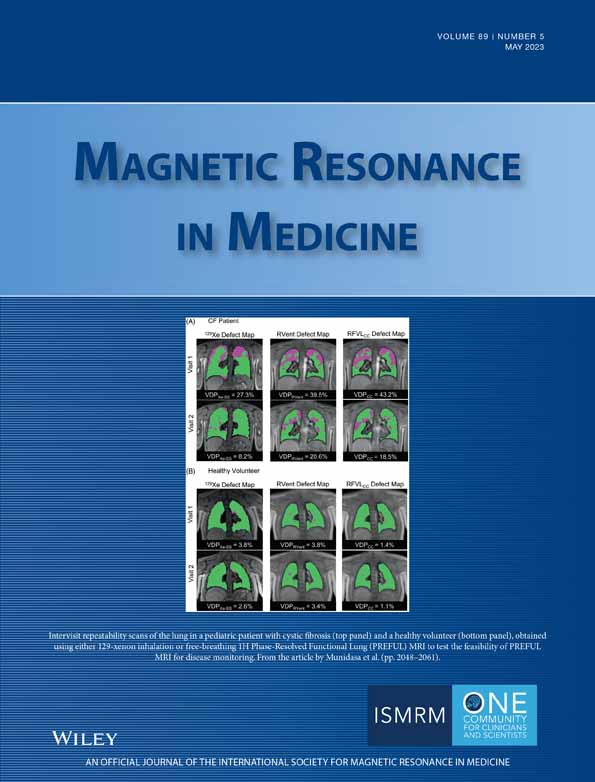MEDL-Net: A model-based neural network for MRI reconstruction with enhanced deep learned regularizers
Click here for author-reader discussions
Funding information: National Key Research and Development Program of China, Grant/Award Numbers: 2016YFC1000307-3; 2019YFE0110800; National Natural Science Foundation of China, Grant/Award Numbers: 61972060; 62027827; U1713213; Natural Science Foundation of Chongqing, Grant/Award Numbers: cstc2019cxcyljrc-td0270; cstc2019jcyj-cxttX0002; cstc2020jcyj-zdxmX0025
Abstract
Purpose
To improve the MRI reconstruction performance of model-based networks and to alleviate their large demand for GPU memory.
Methods
A model-based neural network with enhanced deep learned regularizers (MEDL-Net) was proposed. The MEDL-Net is separated into several submodules, each of which consists of several cascades to mimic the optimization steps in conventional MRI reconstruction algorithms. Information from shallow cascades is densely connected to latter ones to enrich their inputs in each submodule, and additional revising blocks (RB) are stacked at the end of the submodules to bring more flexibility. Moreover, a composition loss function was designed to explicitly supervise RBs.
Results
Network performance was evaluated on a publicly available dataset. The MEDL-Net quantitatively outperforms the state-of-the-art methods on different MR image sequences with different acceleration rates (four-fold and six-fold). Moreover, the reconstructed images showed that the detailed textures are better preserved. In addition, fewer cascades are required when achieving the same reconstruction results compared with other model-based networks.
Conclusion
In this study, a more efficient model-based deep network was proposed to reconstruct MR images. The experimental results indicate that the proposed method improves reconstruction performance with fewer cascades, which alleviates the large demand for GPU memory.




